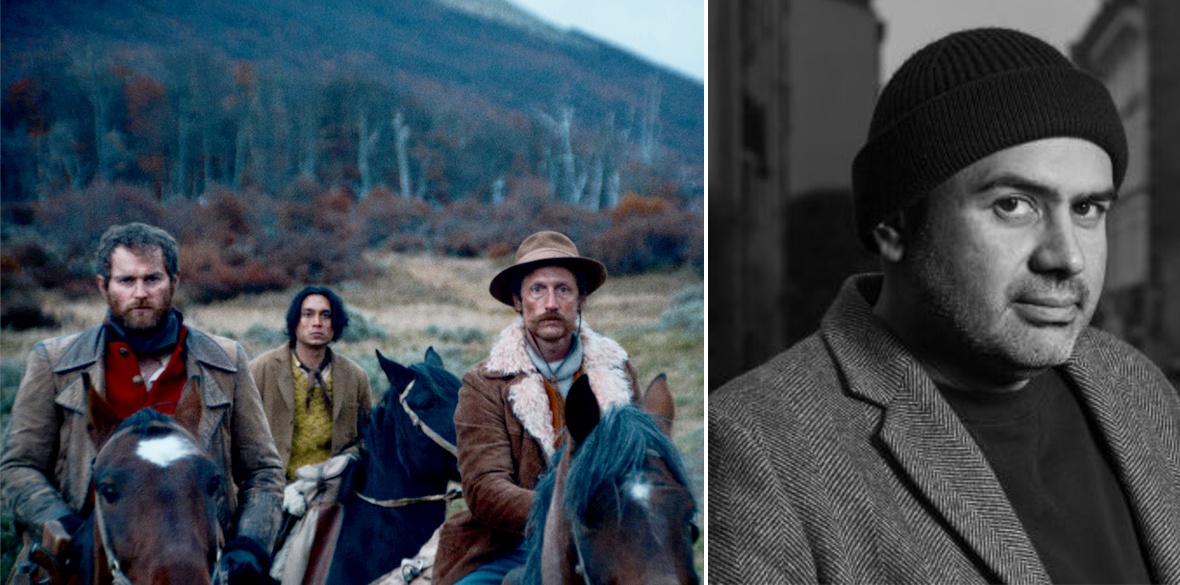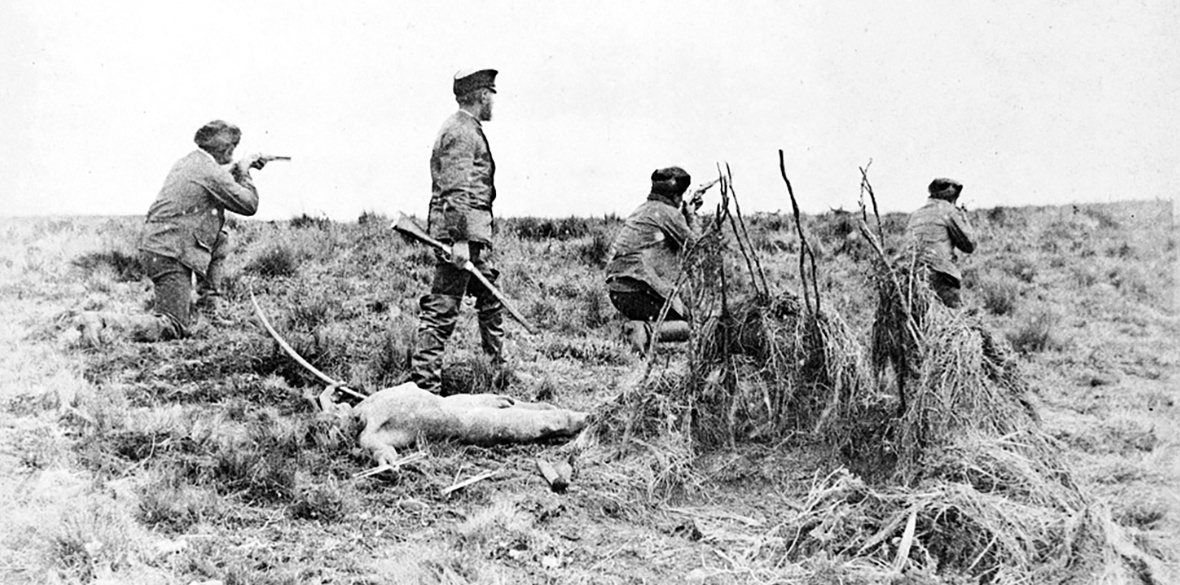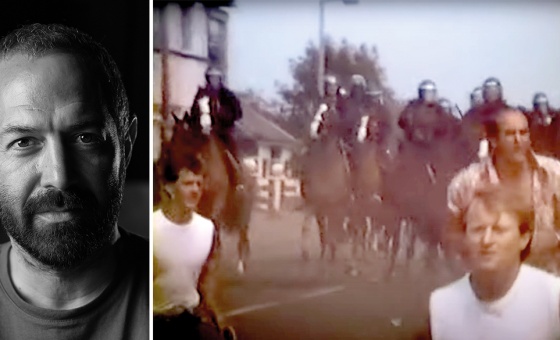This is the last article you can read this month
You can read more article this month
You can read more articles this month
Sorry your limit is up for this month
Reset on:
Please help support the Morning Star by subscribing here
WHY this episode in Chilean history?
In school, we learn the history of Chile up until 1973. There is no mention of the military dictatorship that followed. There is still no official version of the history of the authoritarian regime. Is telling that story a worthwhile endeavour? And, more importantly, how does one go about telling it?
These questions led me to think about the earlier events, at the start of the 20th century, that were discounted as well. What happens to a country when an entire page of its history is erased? The film is rooted in that reality, and in that paradox.
One of the unique perspectives it offers is the idea that we, the Chilean people, were colonisers in our own land. How do newly formed countries forge national identities? And why does the horror of conquest repeat itself, inflicted, in this case, by the Chileans and not the Spaniards?
There are few accounts of this period of history in Chile. In Argentina, the military’s extermination of the indigenous populations, ordered by the army general and president, Julio Argentino Roca, has been thoroughly documented. In Chile, the slaughter of the indigenous peoples, perpetrated by the ranchers of Tierra del Fuego and indirectly supported by the Chilean government, has been expunged from the country’s official history. The events are never mentioned. They were entirely hushed up.
This is why the story opens with Menendez, a Spanish businessman based in Argentina and Chilean Patagonia, who is the driving force behind everything that happens in the film, and why it ends with him in his home, where the wealth he acquired from his large land and sheep holdings, built on acts of barbarity and death in the name of “civilisation.”
The Settlers was filmed in Tierra del Fuego, which is still mostly owned by the Menendez family to this day.
Did the characters in the film really exist?
President Montt and Menendez really existed. Nearly all of the land featured in the film belongs to this day to the descendants of the Menendez family.
We also know that the judge, Waldo Seguel, was dispatched to Punta Arenas at the end of the 19th century to carry out the first investigation into the slaughter of the indigenous populations. These initial legal proceedings were discovered some 20 years ago by a pair of Chilean anthropologists who located and transcribed the original records of the investigation. Hundreds of testimonies recount the slaughter and persecution of the native populations, but no convictions were ever made.
The film’s characters were inspired by those testimonies. But I was interested in portraying the settlers as ordinary people. In reality, the colonisers were poor, ignorant, and uncouth. They were not heroes. There are no heroes in my film.
The mercenaries and bounty hunters are of different origins. Bill is North American and fought the Comanches. MacLennan, on the other hand, is from the British army. How come?
Prior to the opening of the Panama Canal in 1914, the only passage from the Atlantic to the Pacific Ocean was in the region. Tierra del Fuego attracted numerous foreigners of many different nationalities. The landowners and sheep farmers needed labour, and they imported it: Bill, who had worked as a cowboy in Texas, was among them. Bill represents the New World. And MacLennan, the Old World. Bill may or may not be more racist than the others, but unlike them, he doesn’t try to hide it. Their mission is clearly to kill the natives.
The extermination of the native populations was tied to the preservation of the sheep farming economy, and therefore to the interests of the farmers.
And Segundo? As a Mestizo, half Mapuche and half Spanish, he is on the wrong side of history. He at once betrays his people and his origins, and is a victim of the racism of the bounty hunters.
Mestizos were part of the colonisation process. His role, as guide and scout, is true-to-life. Segundo is at once the offspring of a victim of colonisation and is the child of the conquest. We empathise with him and he makes it possible for us to grasp the horror. He is travelling over lands whose ancestral inhabitants are being killed. The inner conflict he faces as a half-white and half-indigenous person allows him to understand his place in the world, and the path he follows, considering his mixed descent, can also be seen as a personal journey, and his experience of the tragic events, as a quest for identity.
The film makes ample use of violence, but the worst massacre in the film is recounted, but not shown. Segundo describes it to Vicuna, who doesn’t take any action. Why?
Violence can be physical and thus made visible to the naked eye, but it can also take on other forms like that of authorities who, after accepting the slaughter of the native populations, deny them their history, which is deliberately erased.
Segundo bears the full brunt of it, first as a witness and then when Vicuna turns a deaf ear to the horror of his account. In a way, he is the viewer’s double…
Who commits the greatest acts of violence in the film? There is also the violence suffered by Kiepja, an indigenous woman, whom Vicuna forces to behave in an unnatural way. Vicuna owns the camera and has the power to rewrite history. He doesn’t care what happened to the native populations. He just needs to capture their image. And we are less used to seeing this kind of violence than we are to the other.
I am very eager to see how the character of Kiepja will be interpreted. I have the feeling that her character, to Chileans, is the embodiment of a long-standing debate. A deep wound.
This is an abridged version of an article reproduced courtesy of the University of Melbourne and MK films.
The Settlers is currently on general release.











